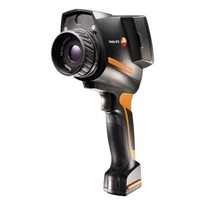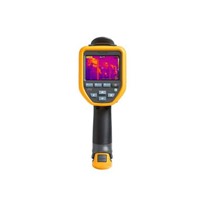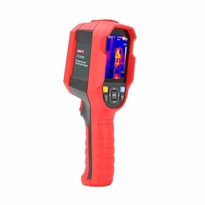More specifically, maintenance teams must have the right strategy, organization, and tools to detect and address problems prior to failure. Effective facilities maintenance requires teams to know the condition of their critical assets at all times so they can move past costly reactive maintenance. The intelligent strategy is to have condition-based maintenance to keep the entire building’s systems working optimally and minimize the risk of equipment failures or structural damage.
Fortunately, diagnostic technologies have improved immensely in terms of cost, complexity, and scalability, helping facilities maintenance teams get ahead of potentially large-scale problems. Thermal imaging cameras, in particular, should be a staple device in every maintenance crew’s toolbox.
Thermal Imaging Cameras for Facilities Maintenance
The goal of thermal imaging cameras is to see differences in temperature that indicate early stages of failure in assets. Electrical switchgear and mechanical systems tend to heat up more than in normal operation as they enter a failure mode.
Thermal cameras display the excessive heat to alert the maintenance team to the problem before it becomes severe and costly. By using thermal imaging to see the whole picture of the issue at hand, technicians can quickly diagnose problems during an inspection and develop the right course of action for completing any maintenance.
Non-Invasive and Cost-Effective Diagnostic Tool
A thermal imaging camera allows non-invasive and non-contact surveying of building systems. There’s no need to take anything apart to access, spot check, or evaluate the inner systems and equipment. As a result, the diagnostic process becomes more convenient and cost-effective, and the risk of damage (from invasive handling) drops to zero.
A thermal imaging camera also makes it possible to access and check components that are difficult or nearly impossible to view with the naked eye.
Comprehensive Temperature Assessment
As the name implies, a thermal imaging camera records and visualizes heat. The device allows you to quickly and efficiently scan entire systems and installations to get a big-picture thermal view. A single scan of an HVAC system, for example, will provide you with a visualization of the different temperature levels of the whole system. The traditional way, in contrast, involves spot-checking, which is time-consuming and less accurate.
The thermal imaging inspection can help you identify:
- Inspect building facades for energy loss
- Assess the condition of roofs
- Find air infiltration to improve air quality and reduce energy costs
- Determine the extent of water damage and find the source of the leak
- Ensure electrical system reliability and safety by finding hot connections
- Optimize mechanical systems such as belts, motors, pumps, and fans
Implement your Program
Thermal imagers are intuitive to use and it’s tempting to just jump in and start searching for hot spots. As with any new tool or technology, planning ahead will maximize your investment. Follow these tips to get your program going:
- Identify your facility’s critical assets
- Determine the risk of failure and the impact if that worst happens
- Establish an inspection frequency and schedule (quarterly, semi-annual, or annual)
- Meet with other departments for buy-in (you’ll need them to be familiar with the information you report)
- Create your Reporting Templates, severity criteria, and procedures for follow up
- Determine the Tools and Skills/Training your team needs to meet your goals.
- Now get started seeing your facility in a new way
Tools for Your Team
The best thermal imaging cameras for facilities maintenance should be portable and easy to use, provide a comprehensive visualization of a system, accurately identify problems, capture and store information, give you access to hard-to-reach areas, and save you time and money.
Depending on your facility and your inspection list you might assign one operator to perform all thermography activities. This was a common strategy when thermal cameras were expensive and complicated to use. Today, many facilities outfit technicians across their team to increase the frequency of inspections or to troubleshoot problems more quickly. Whatever your plan, there are thermal cameras that will fit the performance nd budget you need. Contact us today at HIKMICRO to know what we have to offer and choose the right thermal imaging tool that meets your needs.




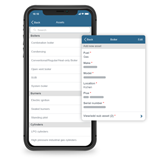


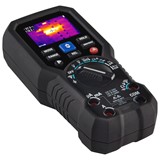




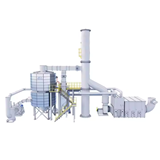


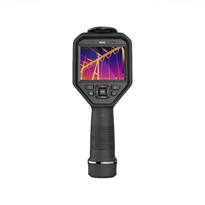






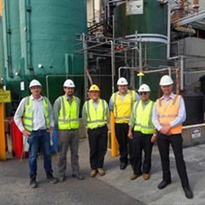
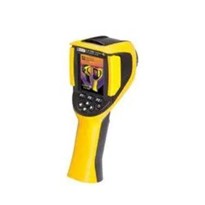
-205x205.jpg)
